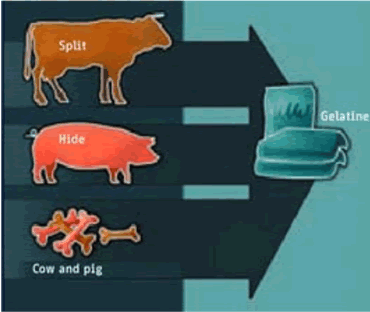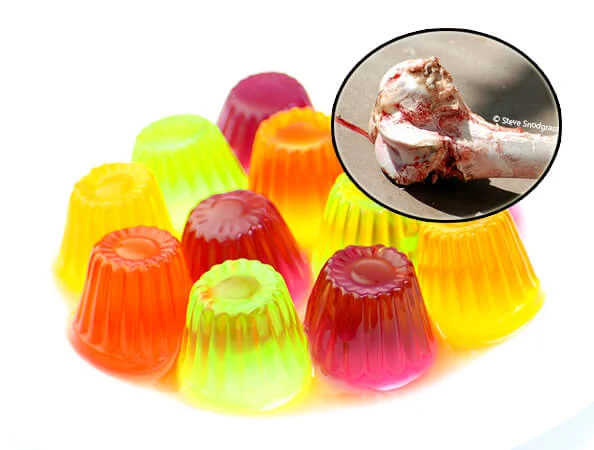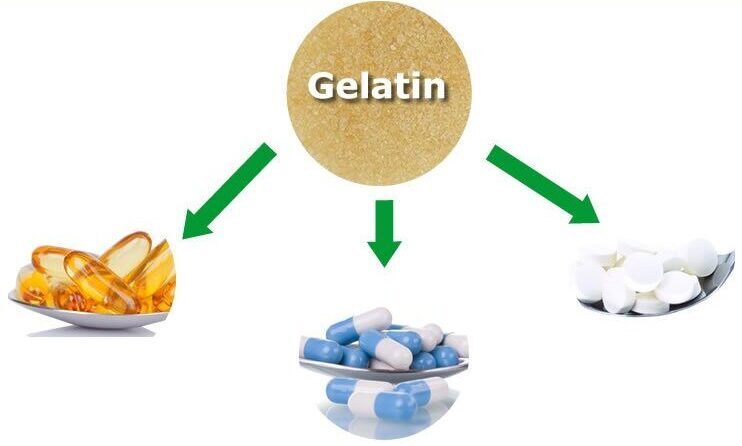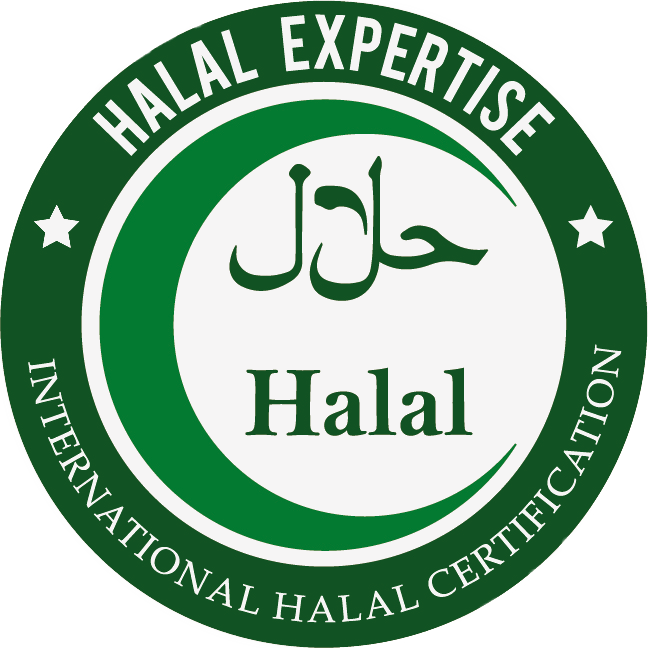Alternatives to animal gelatin

Share This Post
- Author : Hakim AZAOUM, Halal auditor
What is animal gelatin ?
Gelatin is a protein of animal origin, obtained by the partial hydrolysis of collagen contained in bones and skin of animals. It consists of 84 to 90% protein and approximately 1% of mineral salts, the rest being water.On an industrial scale, gelatin is made from by-products of the leather and meat industry, mainly bones and remains of pigs and cattle. The seals and the sharks are also excellent sources of collagen.
The use of skins and bones of pigs presents a problem for law-abiding Muslims in the rules imposed by Islamic law. It is also important to note that even when the raw materials come from permitted animals (notably cattle), Muslims must ensure that these animals have been slaughtered according to Islamic rules, otherwise many Muslims do not consider Halal products (for example gelatin) originating from these animals


The use of gelatin
Gelatin in a highly purified form is a fascinating substance for food and recognized to have thickening, jellifying, foaming, viscosity enhancing, binding, emulsifying, filming and many more functions. It is also much used for its pharmaceutical, photographic and technical applications; but gelatin remains an essential ingredient in the food industry.
Alternatives to animal gelatin
There are different alternatives to animal gelatin:
– The agar- agar: vegetable gelling extract of algae. Originating from Japan, the kanten or agar-agar is obtained from the dehydration of several types of red algae (latin name Gelidium, from the floridae family). It can be identified by the E406 code in ingredient lists. It has almost no taste or color. This is a binding and gelling vegetable perfect for replacing the animal gelatin. There are multiple recipes in which the agar-agar can be used: jams, fruit jellies, puddings…
Carrageenan(or carrageenan) is a polysaccharide (galactan) extract of red algae for usage as a thickener, gelling agent, emulsifier and stabilizer in the food industry. It has the E407 code in the classification of food additives. Carrageenan helps to form gels on hot temperature (up to 60°C) and therefore are of interest compared to the traditional animal gelatin. It is a powerful gelling agent (a single teaspoon can jellify more than a liter of water…).
Pectin (E440 in the classification of food additives), or more broadly the pectin substances are polyosides, attached to the carbohydrate. These are substances exclusively of vegetable origin. Pectin is present in large quantities in gooseberries, apples, quinces and citrus seeds and zest. Pectin is used as a thickener, stabilizer, gelling agent, and emulsifier.
Xanthan gum is a polysaccharide (consisting of a combination of four compounds: the glucose, the mannose, the glucuronic acid and the pyruvic acid) obtained from the action of a bacterium, Xanthomonas campestris. It is soluble cold and is used as a food additive under the code E415 for its properties of thickening, stabilizing, foaming and gelling.
Cellulose gum (E466 in the classification of food additives) occurs as granular or
fibrous powder, white or slightly yellowish or grayish, slightly hygroscopic, odorless and
tasteless.

